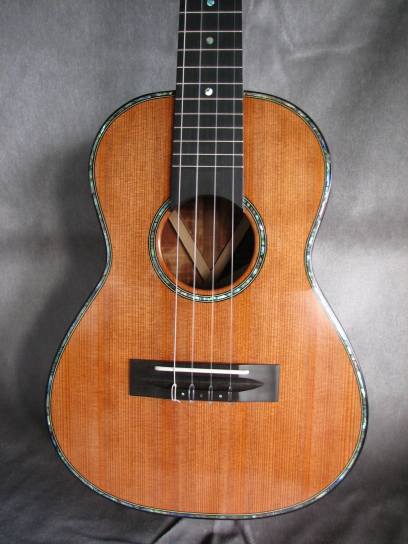I do them dry, but then again the Flying Walendas USED to work without a net, too.

Here's a write up How-to-do-it from a long time back:
Just some notes of advice... Practice cutting out a template first.
When satisfied, use it to guide your cutting of the plastic. Cut out
with real sharp hair scissors to avoid a funky edge that won't want to
lie flat. Have a scrupulously clean area...guitar top, your hands, no
wind currents, etc. You'll be amazed what a little spec can do under
that plastic. Once cut to shape, position it as you want it. With
masking tape, (2 pieces is usually enough) tape it down to the top near
the waist area so as to make a "hinge". Having removed the strings
before all this, fold the guard back (on the "hinge") so that the white
backing paper is now facing up. With sharp finger nails, start to
separate the lower edge( by the hinge) of the backing paper from the
clear plastic. DON'T TOUCH THE GLUE SURFACE WITH YOUR FINGERS. It will
pick up your fingerprint and they will show up once it is laid in
position. Now, carefully lift the backing paper from the guard as you
press up from the outside (face side) of the plastic. As you peel the
backing with one hand, gently press the face side down onto the guitar
top, working up toward the sound hole avoiding bubbles. The masking
tape hinge holds the plastic in place as you work up and is removed when
plastic is finally in place. When it is all down, rub over it with a
soft towel to help it stay down. It may look a little hazy at first,
but after a day or two, it will conform to any of the minute
irregularities on the top surface and practically disappear.
Hope this helps!

